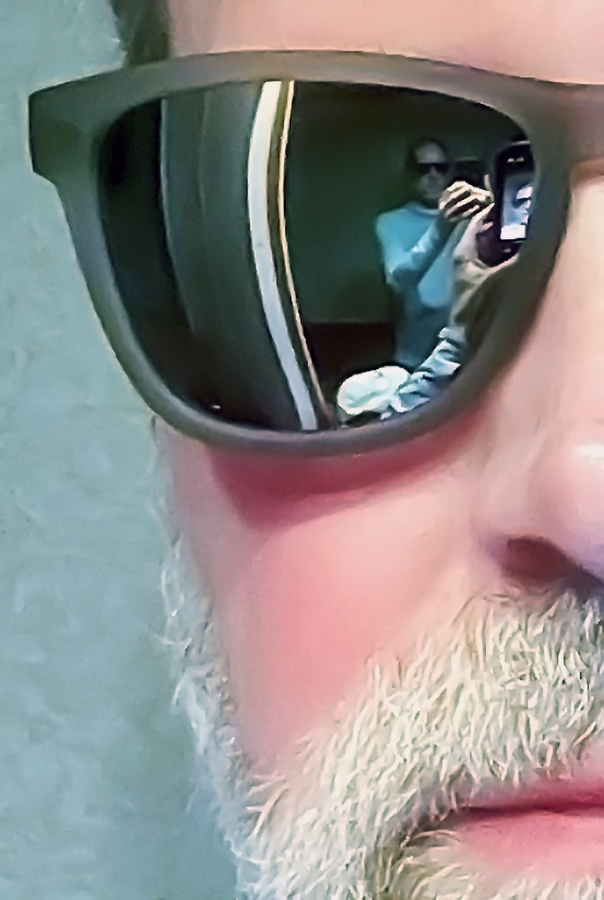Paris abounds with photogenic subjects—inspired architecture, majestic monuments, sweeping vistas, lovely gardens, and beautiful women—but in the background of every shot, it seems, lurks the world’s most photographed collection of iron girders.
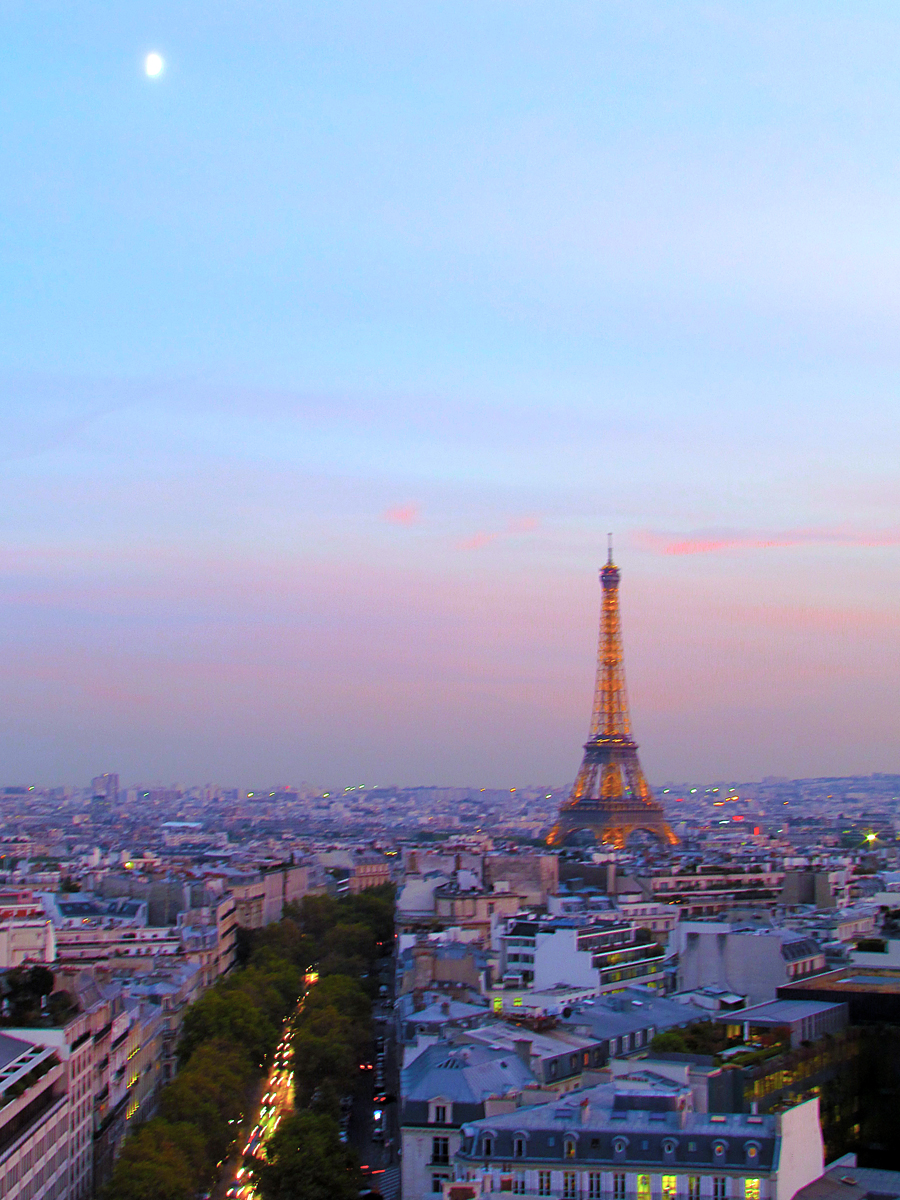
Gustave Eiffel (1832 – 1923), whose eponymous Tower symbolizes France and dominates the Paris skyline, was born around the time that silver halide photography emerged as a practical technique.
That seems appropriate, since Eiffel, renowned as an engineer, also made such a lasting (although unintentional) impact on photography. His creations (he also designed the internal support structure of the Statue of Liberty) appear imbued with some sort of magnetic, almost magical, force that attracts camera lenses.
Fellow Frenchman Louis Daguerre, who perfected a faster and more permanent imaging process that he dubbed “the daguerreotype,” is believed to have made the first photograph of people in 1838, when he pointed his camera out the back window of his laboratory toward a Paris street. The 10-minute-plus exposure time could not capture moving traffic, so only a gentleman standing still for a shoeshine and his bootblack are visible as ghostly, blurred figures.
Daguerre was fortunate that the view from his Marais District window faced slightly southeast and that he made his photo 51 years before the 1889 Universal Exposition, thereby eliminating any chance that the first photograph of humans could be photobombed by the Eiffel Tower.
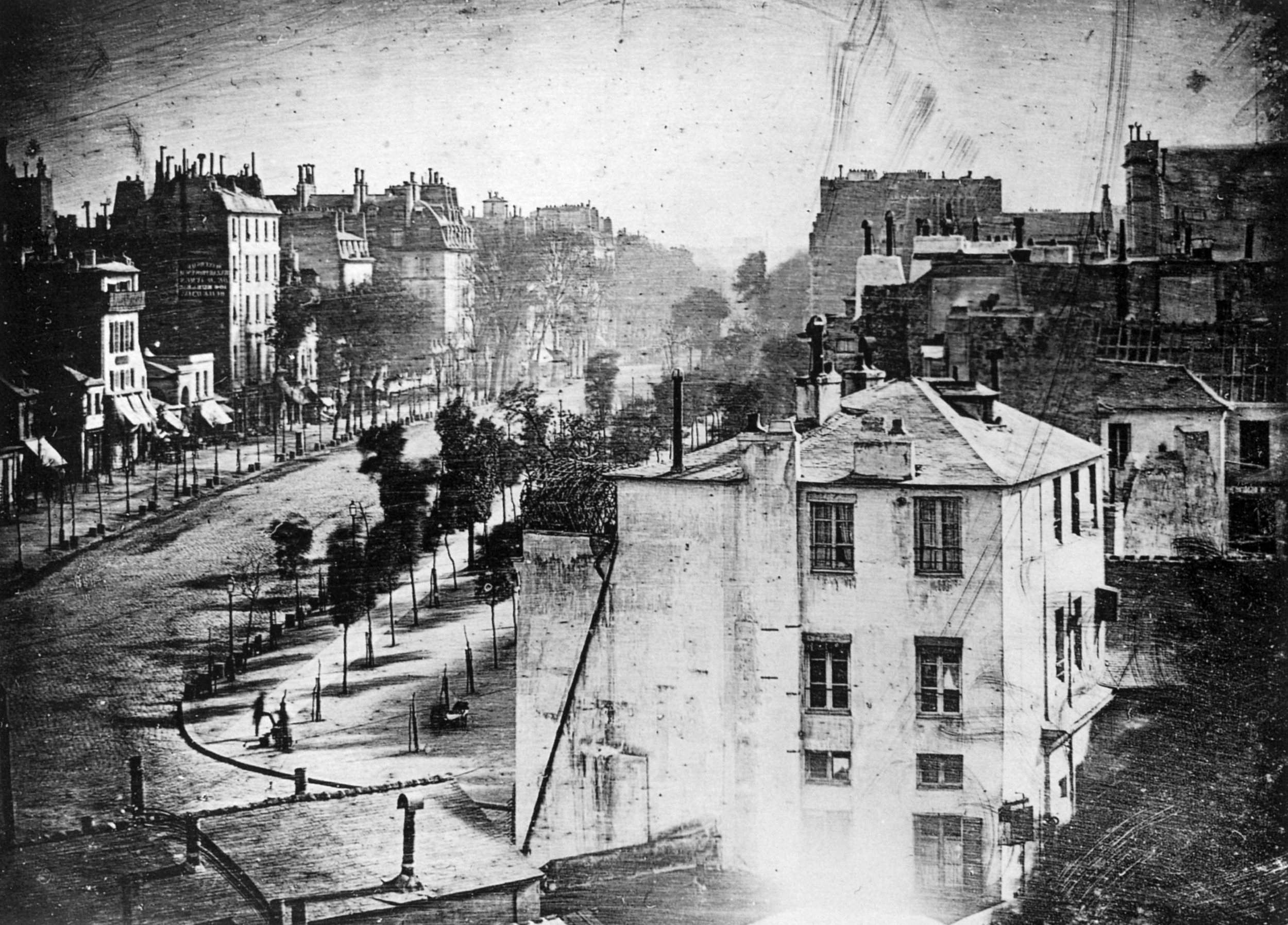
“Boulevard du Temple by Daguerre” by Louis Daguerre – Scanned from The Photography Book, Phaidon Press, London, 1997. Licensed under Public domain via Wikimedia Commons – http://commons.wikimedia.org/wiki/File:Boulevard_du_Temple_by_Daguerre.jpg#mediaviewer/File:Boulevard_du_Temple_by_Daguerre.jpg
Since its erection, no generally westward-facing photo made from open ground in central Paris has been entirely safe from intrusion by the 984-foot (300-meter) interloper, which remained the world’s tallest structure until 1930, when New York’s Chrysler Building overtook it.
Lest you think this statement an exaggeration, consider what opponents of the Eiffel Tower said in 1887, as construction began. The Committee of Three Hundred (one member for each meter) published the following in a letter to the newspaper Le Temps:
“We, writers, painters, sculptors, architects and passionate devotees of the hitherto untouched beauty of Paris, protest with all our strength, with all our indignation in the name of slighted French taste, against the erection…of this useless and monstrous Eiffel Tower…To bring our arguments home, imagine for a moment a giddy, ridiculous tower dominating Paris like a gigantic black smokestack, crushing under its barbaric bulk Notre Dame, the Tour Saint-Jacques, the Louvre, the Dome of les Invalides, the Arc de Triomphe, all of our humiliated monuments will disappear in this ghastly dream. And for twenty years…we shall see stretching like a blot of ink the hateful shadow of the hateful column of bolted sheet metal.”
That’s right, Eiffel was supposed to dismantle the tower 20 years after the exposition, presumably giving him time to recoup his substantial personal investment. Later, he cleverly placed weather gauges and radio antennas on top and offered them to the military. The Eiffel Tower became permanent.
Over the past 125 years, the unavoidable has morphed into the irresistible.
On a recent trip to France, my wife and I discovered firsthand how proximity to the structure induces apparently normal people to become uncontrollable shutterbugs. A disproportionate number of the roughly 600 photos we made during our trip are of the Eiffel Tower. With the advent of the selfie, the tower’s 7 million annual visitors now spend even more time with their backs to it.
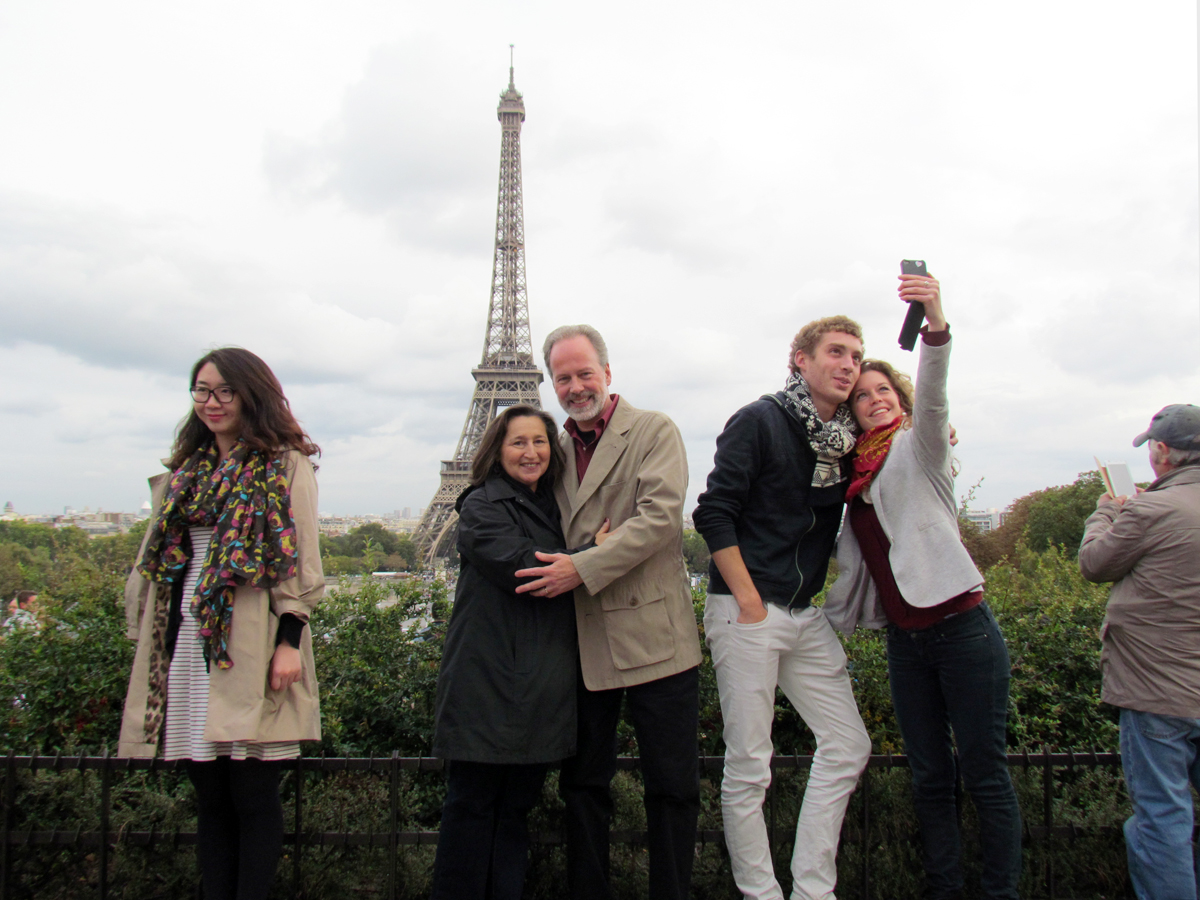
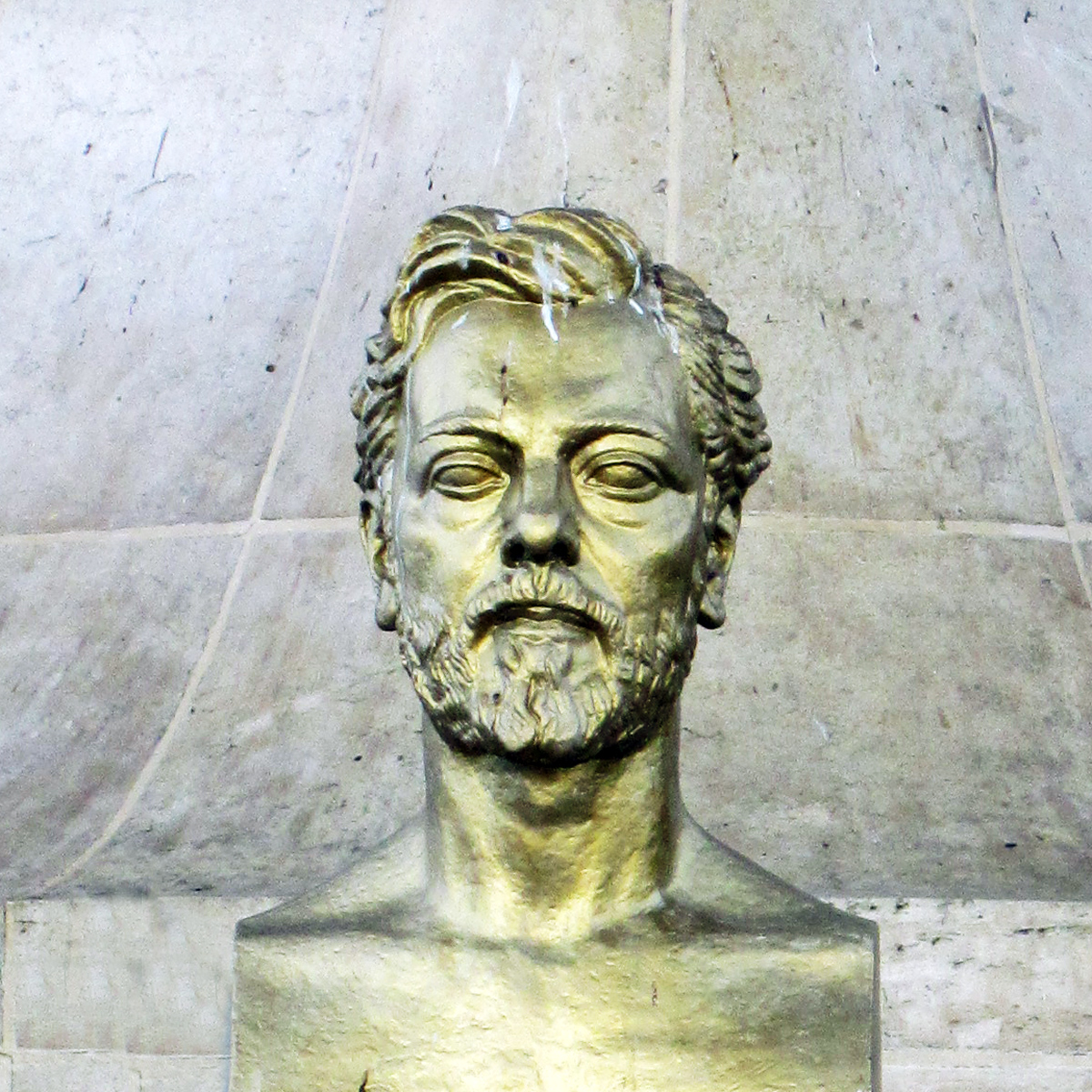
Gustave Eiffel’s bust peers impassively at these pilgrims from the base of his tower, but undoubtedly he would be thrilled to see its enduring popularity and would likely chuckle that height restrictions designed to preserve the city’s views keep his tower popping up in photos of distant subjects. This, too, we experienced firsthand.
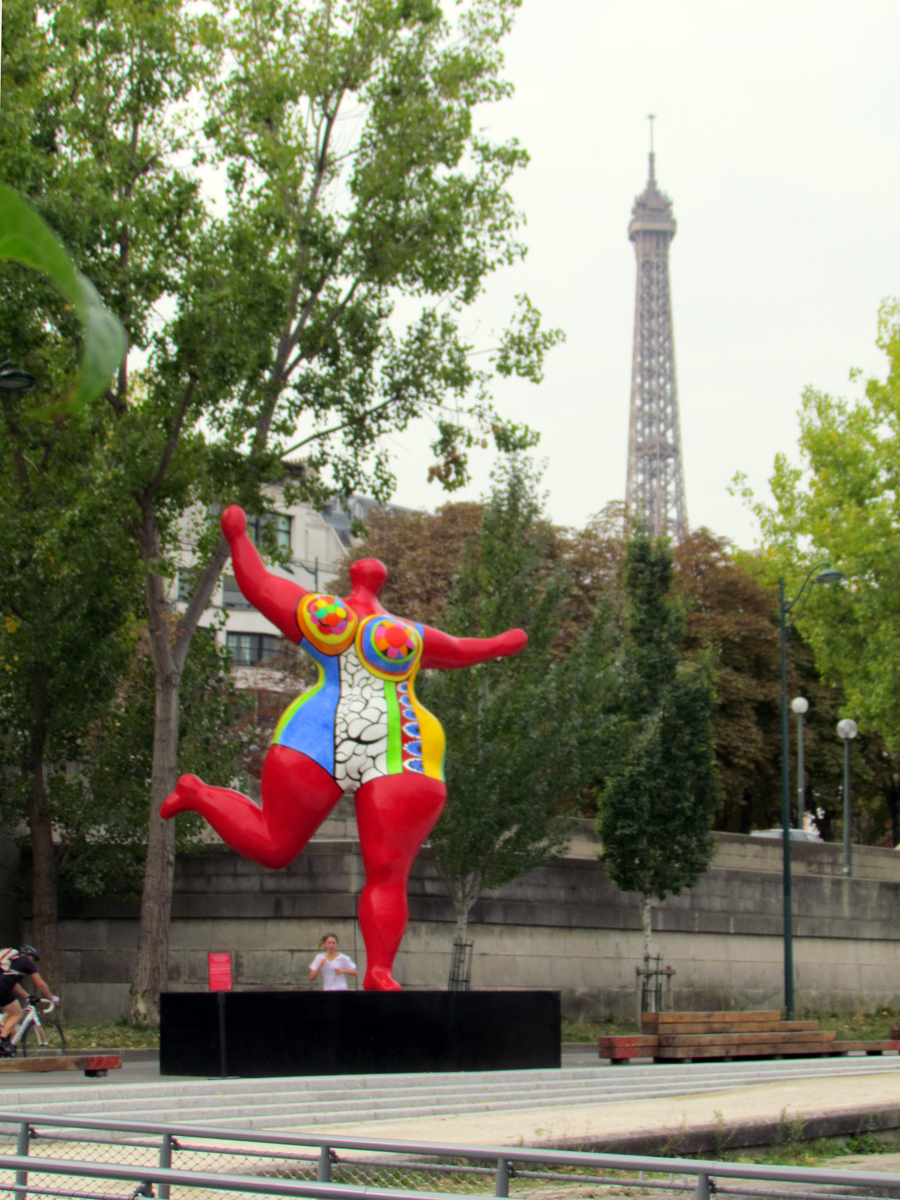

Walking along the Left Bank of the Seine River, we came upon a large, red, cartoonish Niki de Saint-Phalle sculpture—a must-have photo. I stepped back and framed the shot. Hello, Eiffel Tower.
Across the river at Place de la Concorde stands the gold-topped Luxor Obelisk, the oldest one in Paris. You can line up a nice shot down the Champs-Élysées of the Arc de Triomphe in the distance, but I also wanted to capture two sides of the obelisk, which are covered with hieroglyphics. I moved sideways until I had an oblique angle. Hello, Eiffel Tower.
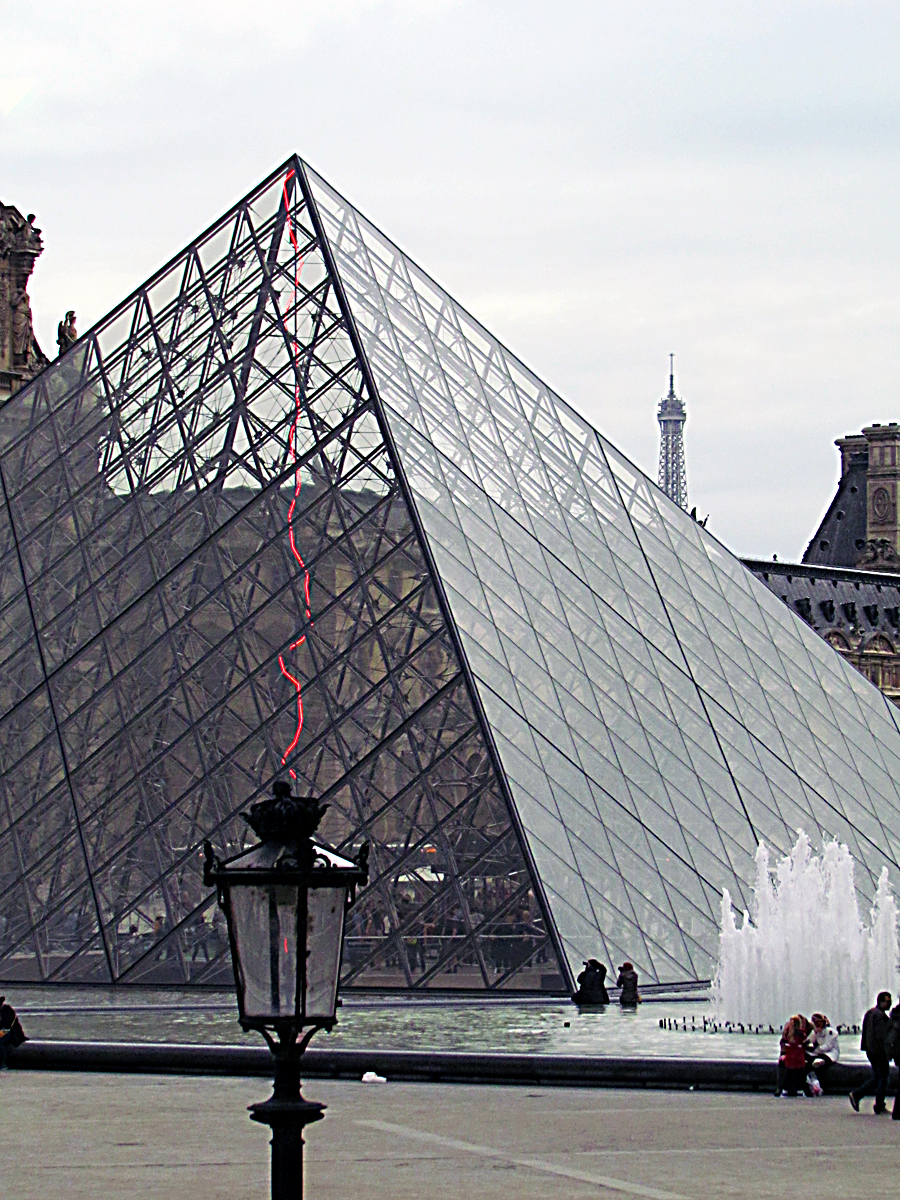
On a walk through the Louvre Museum, one window offered a view that aligned the neon lightning bolt in the museum’s glass pyramid with a lamppost. I snapped the picture and only later noticed the top of the Eiffel Tower peeping over the roofline.
Back home I did some research. Turns out the company that built the I.M. Pei-designed pyramid, in 1989, was none other than Eiffage Construction Métalliques—founded by, you guessed it: Gustave Eiffel.
Hateful or lovely, Eiffel casts a very long shadow.
